Correcting Bite Problems with Ceramic Braces: A Comprehensive Guide
- 1. What Are Bite Problems and How Can Ceramic Braces Help?
- 2. Advantages of Using Ceramic Braces for Bite Correction
- 3. The Process of Getting Ceramic Braces for Bite Issues
- 4. Real-Life Success Stories of Bite Problem Correction
- 5. How to Choose the Right Orthodontist for Ceramic Braces
1. What Are Bite Problems and How Can Ceramic Braces Help?
Bite problems, also known as malocclusions, refer to misalignments in your teeth or jaws that affect how your teeth come together when you bite. These issues can range from mild cases, such as slight overbite, to more severe conditions, like crossbite or underbite. Bite problems can cause difficulty in chewing, speaking, and may even lead to jaw pain or headaches.
Ceramic braces are an effective treatment for correcting bite problems. Unlike traditional metal braces, ceramic braces use clear or tooth-colored brackets, making them less noticeable while still providing the same level of effectiveness in realigning your teeth. These braces gradually shift your teeth into their correct positions, improving both function and appearance of your smile.
2. Advantages of Using Ceramic Braces for Bite Correction
There are several reasons why ceramic braces are a great choice for those looking to correct bite problems:
1. Aesthetic Appeal
Ceramic braces are known for their discreet appearance. The clear or tooth-colored brackets blend with your natural teeth, making them a more subtle option compared to traditional metal braces. This is especially beneficial for adults or teenagers who may feel self-conscious about wearing braces.
2. Effective Bite Correction
Despite their aesthetic appeal, ceramic braces are just as effective as metal braces at correcting bite problems. They can address a wide range of malocclusions, from slight misalignments to more complex issues, and provide a reliable solution for achieving a well-aligned bite.
3. Comfort
Ceramic braces are smoother and more comfortable compared to metal braces. The brackets are designed to reduce friction against the inside of your mouth, minimizing the discomfort and irritation that can occur with traditional braces.
3. The Process of Getting Ceramic Braces for Bite Issues
The process of getting ceramic braces begins with a consultation with an orthodontist, who will assess your bite issues and determine whether ceramic braces are the right solution for you. During this consultation, your orthodontist will take X-rays and impressions of your teeth to create a personalized treatment plan.
Once your plan is established, the orthodontist will attach the ceramic brackets to your teeth using a special adhesive. They will then thread a wire through the brackets, which will be adjusted periodically to gradually shift your teeth into their desired positions. Throughout the treatment, you will visit the orthodontist for regular check-ups to ensure progress and make any necessary adjustments.
4. Real-Life Success Stories of Bite Problem Correction
Many individuals have successfully corrected their bite problems using ceramic braces, improving both their dental health and self-confidence. Take Anna, for example, a 28-year-old professional who struggled with an overbite for years. She was self-conscious about her appearance but decided to correct her bite using ceramic braces. After 18 months of treatment, Anna's bite was aligned, and she gained a beautiful, functional smile. She was able to eat and speak comfortably again, and she felt more confident in both her personal and professional life.
Another inspiring success story comes from Jake, a 35-year-old father of two who had suffered from a crossbite for most of his adult life. After trying other methods, he chose ceramic braces for a more discreet solution. After his treatment, Jake's bite was corrected, and he experienced significant improvements in his jaw alignment, making it easier to chew and speak without discomfort.
5. How to Choose the Right Orthodontist for Ceramic Braces
When considering ceramic braces for bite correction, selecting the right orthodontist is crucial to ensure you get the best results. Here are some tips for choosing a qualified professional:
1. Experience and Specialization
Look for an orthodontist who has experience working with ceramic braces and has a track record of successful bite problem corrections. They should be able to explain the process clearly and provide you with an individualized treatment plan.
2. Consultations and Reviews
Before committing, schedule a consultation to discuss your treatment options. Read reviews from previous patients to get an idea of their experience with the orthodontist and the results they achieved.
3. Financial Considerations
Ceramic braces can be more expensive than metal braces, so it’s important to discuss the cost of treatment upfront. Many orthodontists offer payment plans or financing options to make treatment more affordable.
Ready to learn more about correcting bite problems with ceramic braces? Visit Dentistry Toothtruth for more information and to schedule your consultation today!

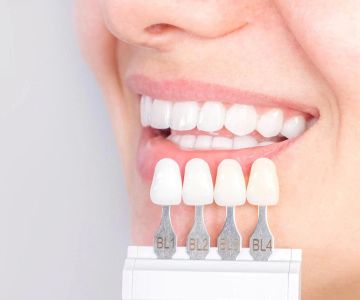

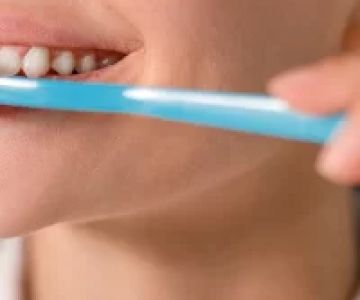
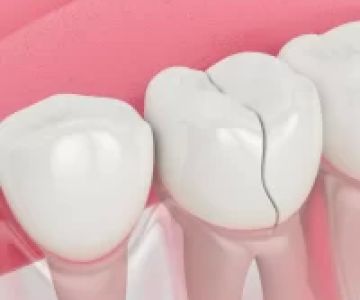
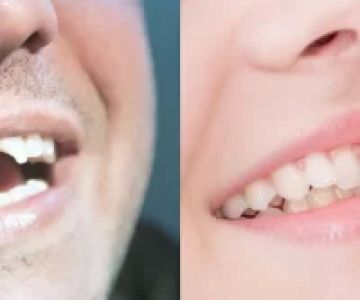
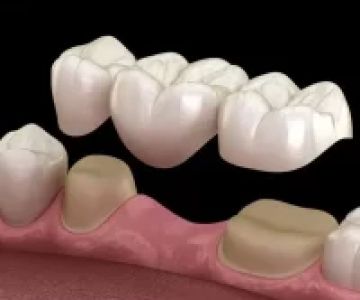
 Westgate Dental Arts
Westgate Dental Arts Coventry Family Dental
Coventry Family Dental Familia Dental
Familia Dental Dr. Daniel S. Fife, DDS
Dr. Daniel S. Fife, DDS Dentistry At Suburban Square: Michael I. Wollock, DMD
Dentistry At Suburban Square: Michael I. Wollock, DMD Comfort Care Dental
Comfort Care Dental The Importance of Oral Health Education During Pregnancy for a Healthy Pregnancy
The Importance of Oral Health Education During Pregnancy for a Healthy Pregnancy Why Skipping Dental Checkups Can Lead to Bigger Oral Health Problems
Why Skipping Dental Checkups Can Lead to Bigger Oral Health Problems Advantages of Porcelain Dental Restorations
Advantages of Porcelain Dental Restorations Best Tips for Brushing Your Teeth Properly for Healthy Gums: Essential Techniques for Oral Health
Best Tips for Brushing Your Teeth Properly for Healthy Gums: Essential Techniques for Oral Health How Can Diabetes Cause Tooth and Gum Problems? Preventing and Managing Oral Health Issues
How Can Diabetes Cause Tooth and Gum Problems? Preventing and Managing Oral Health Issues Healthy Habits for Promoting Good Oral Health and Hygiene: Tips for a Healthy Smile
Healthy Habits for Promoting Good Oral Health and Hygiene: Tips for a Healthy Smile